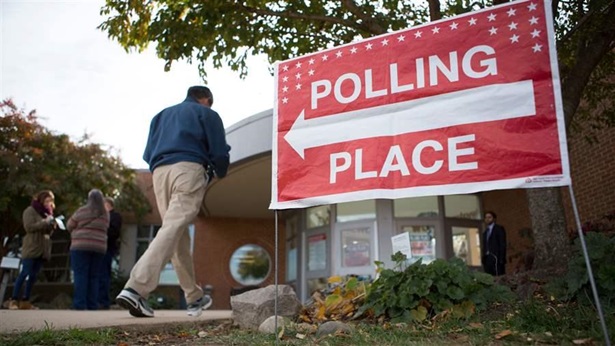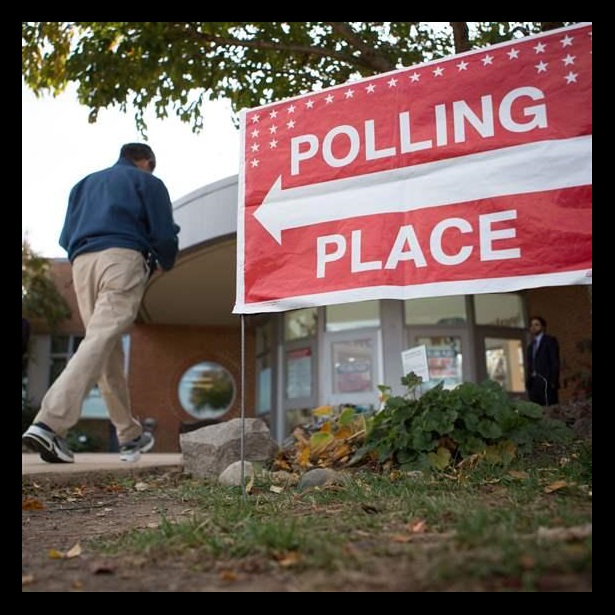Data Can Help States Anticipate and Reduce Wait Times at Polls
A new report from Charles Stewart III, Kenan Sahin Distinguished Professor of Political Science at MIT and co-director of the Caltech/MIT Voting Technology Project , and his team examines the science behind long lines at polling places and identifies ways that election administrators can better organize and deploy available resources, including poll workers, voting technology, and physical polling sites.
Using research from the field of “queuing theory,” the report examines spatial patterns that arise when people form lines and looks at how allocation of resources can exacerbate or mitigate the length of those lines. Some findings of the report:
- Long lines occur at specific sites and are not evenly distributed across polling places.
- Election Day wait times are longest for those who arrive earliest, including those who get to the polls before they open.
- High traffic volume and inefficient polling place operations are among the factors leading to long lines.
Wait times can discourage people from voting and dampen voter trust in the outcomes of elections. For example, the report found that fewer than half of 2012 voters who waited more than an hour reported feeling confident that their vote would be correctly counted.
The report also offers recommendations to address some of these challenges, including:
- Collect, record, and analyze basic data, including arrival rates and service times.
- Identify where and when lines might form and reorganize the physical space of polling places to accommodate anticipated traffic.
The report points out that simple, accessible, Web-based applications are available that can automatically analyze data and generate traffic flow statuses and projections.
Keara Castaldo is a research associate and Sean Greene is the project director for election initiatives at The Pew Charitable Trusts.
Follow us on Twitter using #electiondata and get the latest data dispatches, research, and news by subscribing today.













